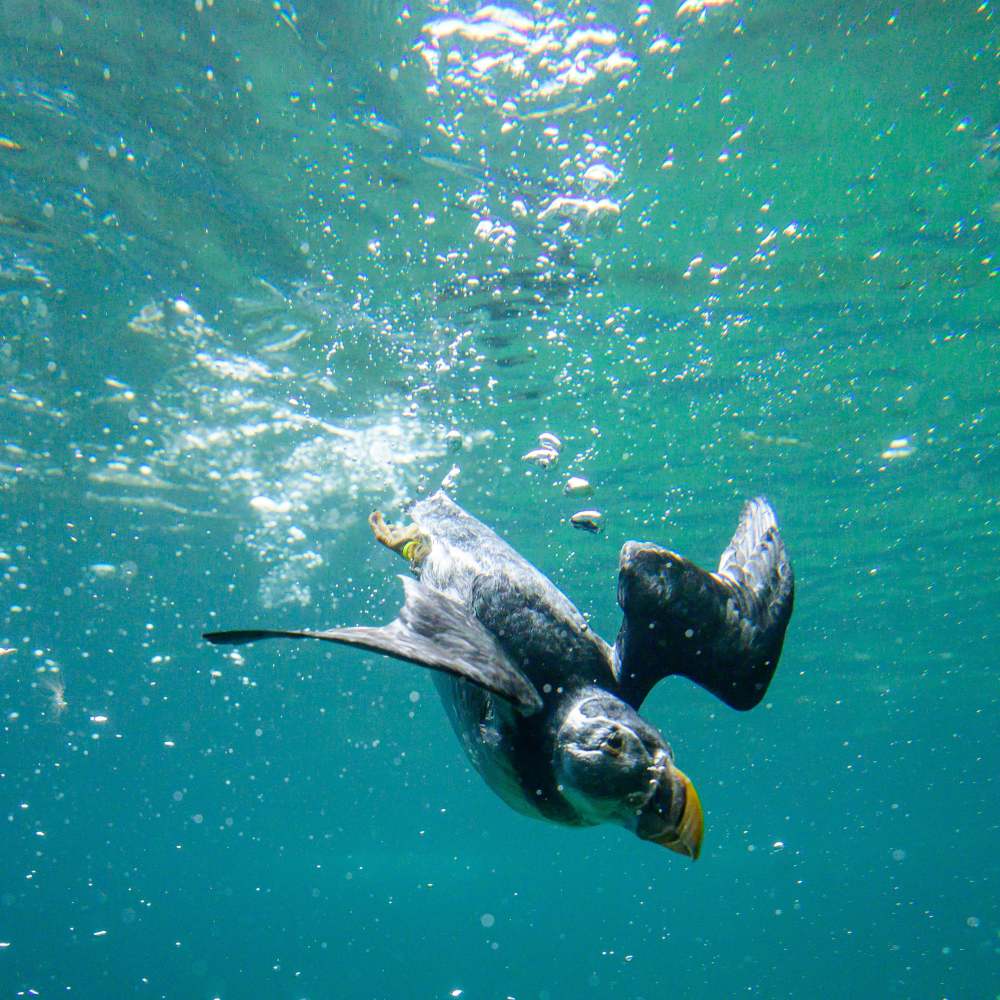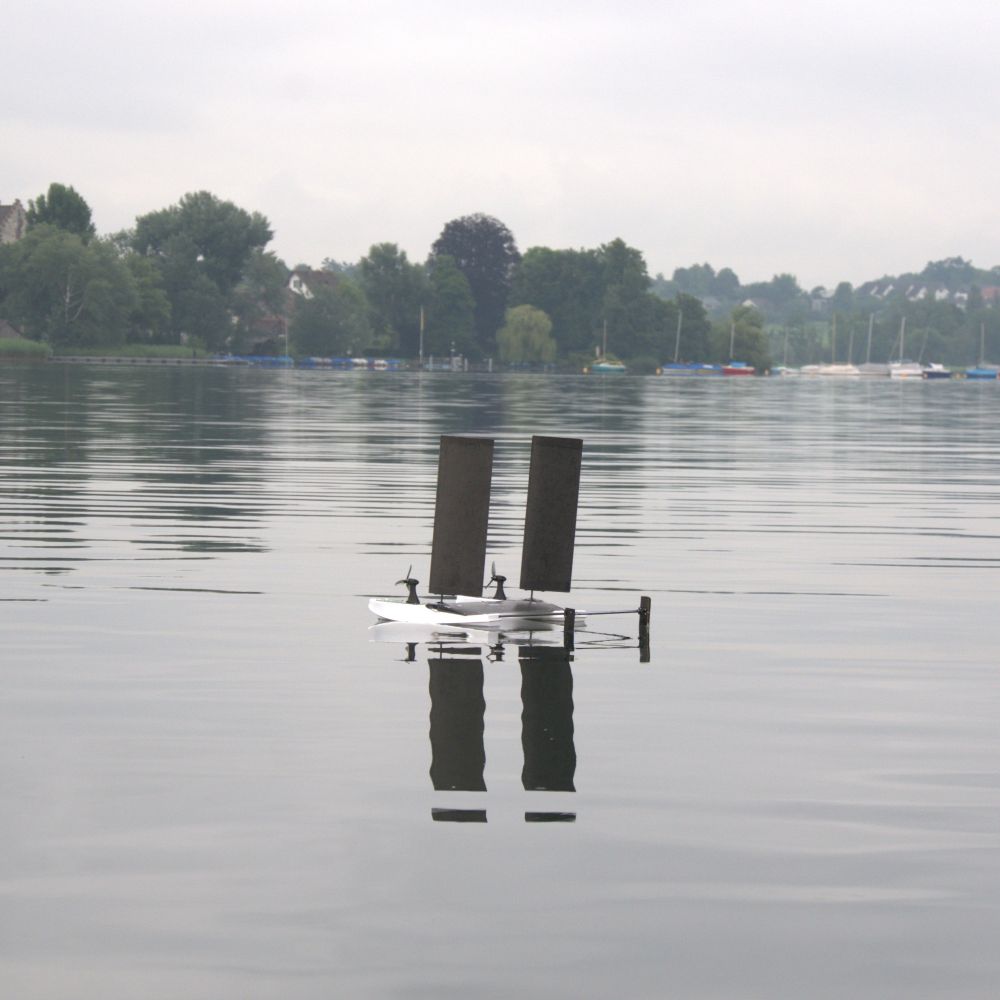Raphael Zufferey
PI

We develop new propulsion methods to enable both flight and underwater locomotion in robots, with a particular focus on transitions & bio-inspiration. We are currently solving challenging transition questions through experimental methods and are studying autonomy, simulation and integration aspects.

The ultimate objective of our robotic systems is to operate in our ocean and waterways without user intervention, and have a positive impact for oceanographers, biologists. To this end, we seek to understand how non-intrusive, small-scale systems can deliver high quality data in a cost-effective manner.
Highlights of future and past research projects. List of publication on ORCID and Google Scholar.
Large-scale flapping-wing robots with physical contact capabilities. Perching on a branch has been achieved!
A novel water-reactive fuel thruster for impulsive take-off, allowing multiple jump-gliding from the water surface.
Sailing-Flying locomotion method for long-duration aerial-aquatic missions thanks to wind energy harvesting.
A Multi-Environment Dual-Robot for Underwater Sample Acquisition. The underwater pod can move, film and sample.
Aquatic escape of a 160 milligram robotic bee using flapping flight, hydrogen combustion and electrolysis.
Quadrupedal legged Harvard Ambulatory Micro Robot (HAMR) with custom electronics and wireless control.
Victor Pennacino (Master's Thesis, 2025) Adowyn Bryne (UROP, 2025) Nicole Lin (UROP, 2025) Shun Tang (UROP, 2025)
I am looking for motivated students that are excited to study and develop the next generation of hybrid autonomous systems. To join the lab, you should apply to the Mechanical Engineering graduate admissions (deadline each year in December), and mention my name in the application. Please also send me an email with your CV, and a summary of previous projects or research. I am interested to know why you would like to join this group and what research aspects you feel most excited about. Use [AURA Prospective student] Your name in the title. Note: AI-generated emails paraphrasing the lab's ideas will not get significant attention.